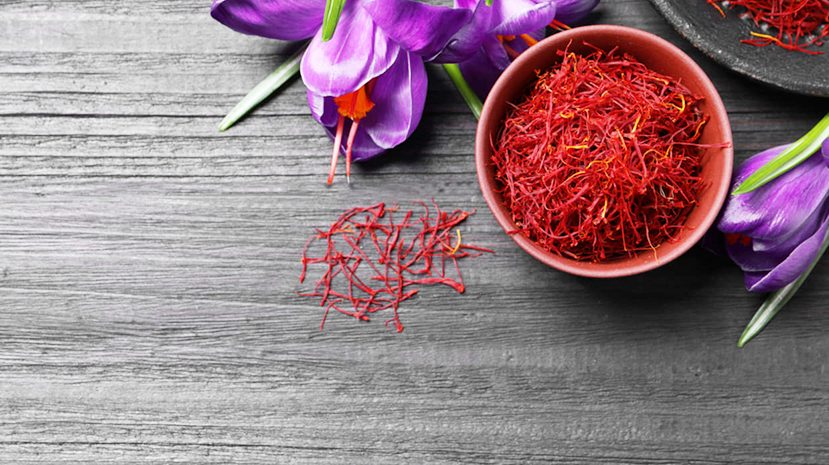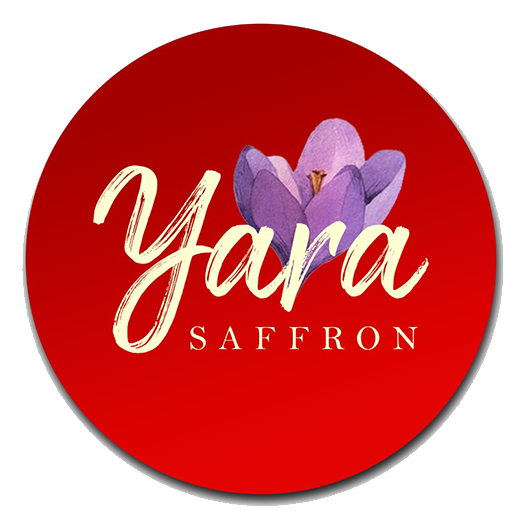Saffron is one of the products of Iran.
Persian has written all over it. Not only does it have many ultra-fans in Iran, but also it is wildly known as one of Iran’s export commodities. The export of Ghayenat Saffron is mainly because of its exceptional quality. There has been a significant rise in demanding all types of Ghayenat Saffron because of their unique aroma and taste.
In general, saffron has various types when it breaks down into its components, as farmers have different names for the rice collection in Iran, and different types of saffron each have their own name. For example, Bunch saffron, Sargol saffron, Super Negin saffron, and Pushal are components of the saffron flower. Each type of Ghayenat Saffron is for its specific purpose; therefore, they vary in price. We like to inform you furthermore on Ghayenat Saffron types and their prices as we continue.
The Red Gold or Iranian Saffron
Some plants are adaptable to any climate; they grow perfectly and are harvested with the best quality, not saffron though. Saffron is a delicate plant that grows only in some regions that are suitable to its conditions. It needs temperate weather. Khorasan province presents what saffron needs to glow, and for ages, people and merchants admired Ghayenat Saffron because harvesting saffron in ideal condition.
There were traditional methods for planting and harvesting saffron in Ghayenat, which later brought a reputation for this city for its product. Of course, it is better to know that today there is no exact method for harvesting this valuable and delicate product, and the saffron flower’s delicacy is so high that if they cultivate it with less than enough care, the resulting product may be fruitless and useless. Saffron flowers are very close to the ground. Therefore, picking it should be done by experienced people in the field.
One’s proficiency in picking saffron should be very high, and one should interact with this activity for a long time. The various benefits of Ghayenat Saffron for the body are well established and well-known.
What are the components of saffron, and why do these elements affect the price of this product?
- Negin saffron
- Sargol saffron
- Bunch saffron
- White saffron
- Fine Saffron
- Pushal
The mentioned division is based upon how farmers separate different parts of saffron, each of which has an individual price and method of sale.

Negin (All-Red) Saffron
farmers and merchants call the stamen of saffron which is purely red, Negin. In the Persian language, Negin means gem. This fact must tell you all about Ghayenat Negin Saffron that you need because it is the best and has the highest quality among other types of Ghayenat saffron. This type of saffron has a couple of sub-categorized versions such as Pressed Negin, Premium Negin, and Quasi-Negin. The most expensive one is Premium Negin. This saffron is a good option for export due to its high quality. The color and aroma of this saffron are very high. This amount is about 250 units.
Saffron Sargol
The tip of the stamen of saffron is Sargol, which in Persian means exactly the tip and all red part of the saffron flower. Sargol is the most common and ideal type of saffron in Iran that people know. Ghayenat, Momtaz, and Sarqalam saffrons are all Sargol saffron. Experts determine the quality and originality of saffron by the stigma length and the absence of white patches. The price of first-class sergol is higher than Negin Premium. The color of saffron is between 210 and 260.
Bunch Saffron or Dasteh
Bunch Saffron, as the name clarifies, is the basis of saffron. This type of saffron is when the stigma and style of saffron are dried together. The saffron style is about 5 mm, and the saffron stigma is slightly longer. However, this size can vary depending on the quality of saffron.
White saffron
When they remove the saffron stigma and keep the white parts, you no longer have the red gold. You must be very careful in recognizing this part of saffron because the possibility of quasi in this type of saffron is very high. Some profiteers in the market combine white saffron with food colors and offer it to the public as precious saffron, which is quite difficult for people to recognize its authenticity. White saffron has the same taste and benefits, but it is white.
Pushal
Pushal Saffron is when you separate the saffron stigma and is as thick as 3 mm thick. The dyeing power of this part is 170 to 250 units. Based on its quality, there are three different types of Pushal saffron in Ghayenat and other regions in Khorasan.
Fine Saffron
When saffron stigmas are separated from the saffron flower and dried, some of the saffron stalks are crushed and chopped during the transfer of saffron, which farmers have named crushed or Fine saffron or soft saffron.
Fine Saffron, like Premium Negin or Sargol, has the same color, smell, and aroma it only looks different. Tts broken and different appearance has caused Fine Saffron to have a lower price than other types of saffron.
Many people use Fine saffron a lot, such as restaurant owners who use it as the main seasoning for their food, confectioneries, and kitchens, because the price of Fine saffron is cheaper than Sargol or Negin.

Prices of Ghayenat Saffron
Mithqal is the acceptable unit of mass for saffron which is about 4.6 grams. The price of one Mithqal of saffron depends on various factors, the quality of saffron, for example. The type of packaging and categorization in each group can also change its price. In addition, the wholesale, total or retail purchase has a significant effect on determining the price. The saffron fee depends on the dollar price fluctuation, the amount and volume of saffron in the market, purchase and pre-purchase prices through government channels, and finally, the presence of brokers and intermediaries.
In addition, the time and method of harvesting also affect the final price of saffron. If we want to offer a general price, we can say that one kilo of the mentioned types of saffron is at least 10 million to 100 million tomans. Of course, you can use the prices page to know the daily price of Ghayenat Saffron. One kilogram of saffron is 217 Mithqal of saffron.
To know the reasonable and accurate price of this red gold, you can contact the consultants in our company and inform these consultants about the type of request for your saffron. They will help you with the requested daily and original price of the saffron after a complete review.


